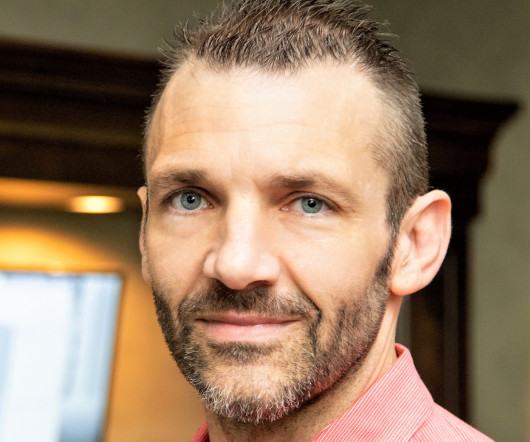Share this article:
Part Three: Managing the Process
In part two of this series, we went over all of the many different people who bring a successful eLearning course to life. In our third and final piece, we’ll discuss the general progression that helps course development and execution happen smoothly and efficiently.
Today’s focus: P = Process.
Each step in the process needs to happen in a logical order so there’s no circling back or scrambling for missing pieces. If you follow this strategy, you eliminate many of those stress-inducing moments that can make you (and your clients) doubt your abilities.
First, establish a methodology. Outlining your methodology defines how you’ll do your work. It should be systematic, yet flexible and pragmatic. A few examples are models like Dick & Cary, ADDE, and ASSURE—all of which can help identify work breakdown structures to include in your work plan.
Here at ThinkingKap, we use the following methodology:
Discovery
The discovery stage is when you analyze your needs, define goals and objectives, determine project scope, outline communication protocols (as in, who, when, and how to communicate), and define the review cycle. During this step, you’ll also agree on work processes and procedures (and document them), the extent of the evaluation plan, and the Project Manager tools.
Design
During this stage in the process, course development begins to take shape. Content is gathered and organized, a development tool is selected, an overall look and feel for the course is devised, and the decisions and agreements are documented.
Prototype
Now it’s time to create a small functioning sample. This will demonstrate the user interface, navigation, instructions, and various layouts. You’ll also conduct usability testing during this step obtaining feedback from paper/wireframe mock-ups and then a finished functioning sample from the tested development configuration. Next, you’ll document decisions, agreements, and design standards resulting from the prototype so they can be applied during storyboarding.
Storyboard
For storyboarding, you’ll compose a narration script and describe the creative treatment, navigation, interaction, and activities. Be sure to review and sign off during this stage to avoid re-development later in the process. Sign-off at this point is a critical, go/no-go decision. Production should not move forward until sign-off occurs.
Production
Finally, it’s time for the course to really come to life. Here you’ll create supporting media, develop the course in the selected tool, develop a test bank or evaluation surveys, publish ALPHA (typically a content review with audio by SME and client), revise and publish BETA (second content review with audio), and revise and publish the final, or GOLD, version to the LMS.
Evaluation
A great eLearning course has several types of evaluation.
Formative: Quality Assurance Reviews maintain review logs for every deliverable.
Summative: Learner Feedback and Evaluations collect user survey or test scores.
Comfirmative: Knowledge Transfer and Application involves collecting KPI data, conducting focus groups, or gathering testimonials.
Recap
And finally, the recap stage. We prefer the term “recap” versus “close down” because this is actually where the cycle also begins again. Here, you’ll transfer assets and clean up the file directory, save all final source files and publish files, archive or delete other products, and hand over final files to client or Project Manager.
Be sure to assess the project outcomes and hold a formal or informal meeting to celebrate success and discuss lessons learned. From there, you’ll agree on the next steps, such as user testing, maintenance/revisions, and possibly even future projects.
Is developing a successful eLearning course easy? No. But with the ‘Three Ps” in mind, it can be managed from start to finish with expert direction.
Remember: Focus on Performance, Players, and Process.

About
Tim Buteyn
Tim Buteyn, President of ThinkingKap Learning Solutions, has been in the training and instructional design field for almost 20 years. He founded the company because of his passion for creating engaging learning experiences. Adult learning theory, instructional design, innovative instructional strategies, and accelerated learning concepts have driven him to create ThinkingKap Learning Solutions.